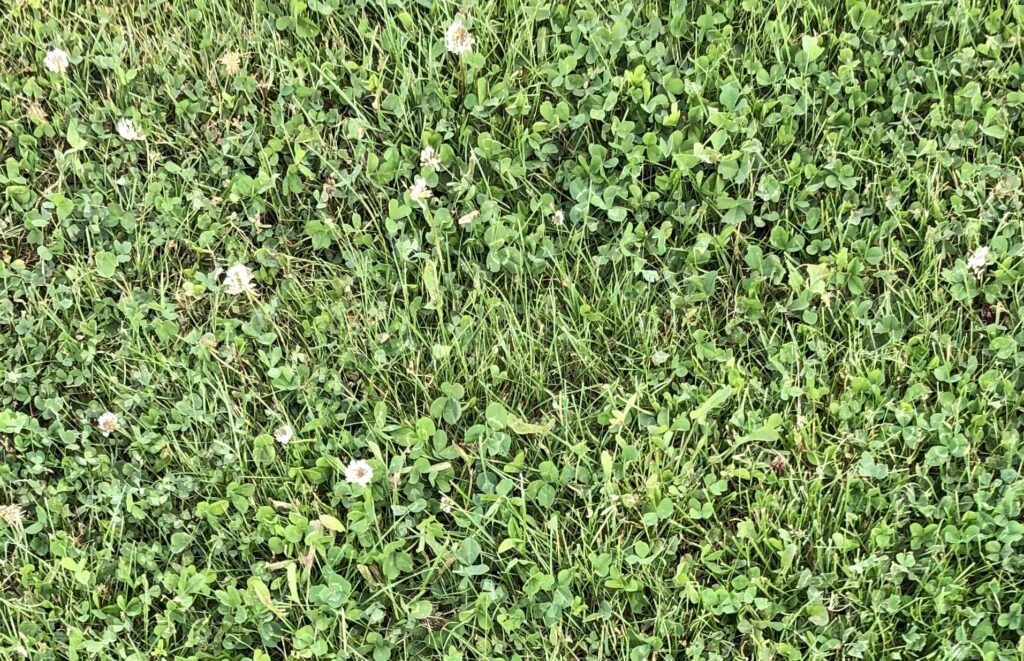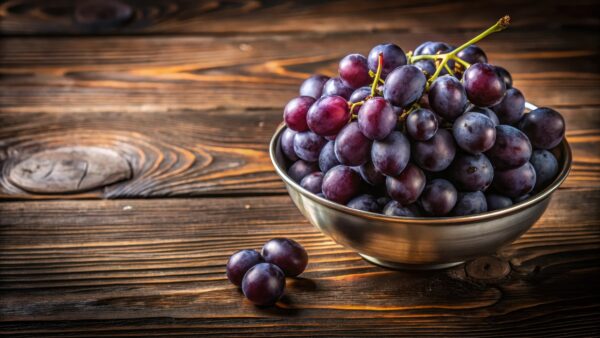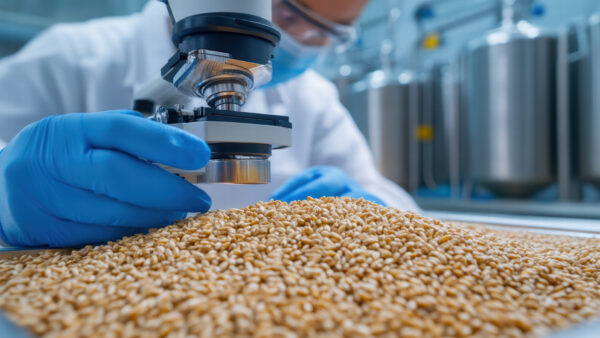In search for sustainable urban landscaping solutions, microclover, when combined with turfgrass, is emerging as a popular and environmentally friendly alternative to traditional grass lawns. This tiny clover is gaining attention not just for its low maintenance needs and natural soil enrichment through nitrogen fixation but also for its significant contributions to urban biodiversity.
Microclover, with its ability to convert atmospheric nitrogen into a form that plants can use, naturally fertilizes the soil while requiring minimal maintenance. This process enriches the soil, promotes healthier plant growth, and reduces the need for chemical fertilizers. Its compact, weed-suppressing horizontal growth maintains green turf, reducing the demand for frequent watering and chemical herbicides.
However, microclover is not meant to replace turfgrass entirely. Instead, it is best used as a complementary species within a turfgrass mix, where it enhances the lawn’s overall health and sustainability. This makes microclover an increasingly popular choice for those seeking more sustainable landscaping options.
Boosting Urban Biodiversity
Microclover can play a role in enhancing urban biodiversity. By improving soil health, microclover supports more robust plant growth, contributing to the overall ecological health of urban areas, where soil degradation is often a significant concern.
The small, white flowers of microclover are not only visually appealing but also function as critical food sources for pollinators such as bees, butterflies, and other insects. In urban settings, where natural habitats are limited, these flowers serve as a food source and attract a variety of pollinating species, thereby supporting local biodiversity.
Microclover’s impact on the ecosystem extends to promoting a greater variety of insect life. This diversity fosters a more resilient ecosystem where different species, including beneficial insects and soil microorganisms, can thrive. These microorganisms play a vital role in organic matter decomposition and overall soil health, which are critical for sustaining urban green spaces.
Environmental and Practical Benefits
In addition to biodiversity, microclover offers practical environmental benefits. Its natural resistance to drought means that it can maintain green spaces even in dry conditions, a crucial attribute in climates facing water scarcity. Furthermore, microclover’s dense growth helps prevent soil erosion — a common challenge in urban landscapes exposed to elements like wind and rain.
Future Perspectives
Looking ahead, microclover combined with turfgrass can significantly reshape urban and suburban landscapes. As cities expand and prioritize sustainability, it offers a greener alternative by supporting biodiversity, enhancing soil health, and mitigating the urban heat island effect — without the environmental costs of traditional lawns.
In conclusion, microclover is more than a lawn alternative; it’s a multifunctional plant that fosters urban biodiversity. Its growing popularity reflects a shift toward ecologically responsible landscaping, paving the way for greener, more resilient cities.








